Maintaining Gas Treatment Uptime in Cold Climate Environments
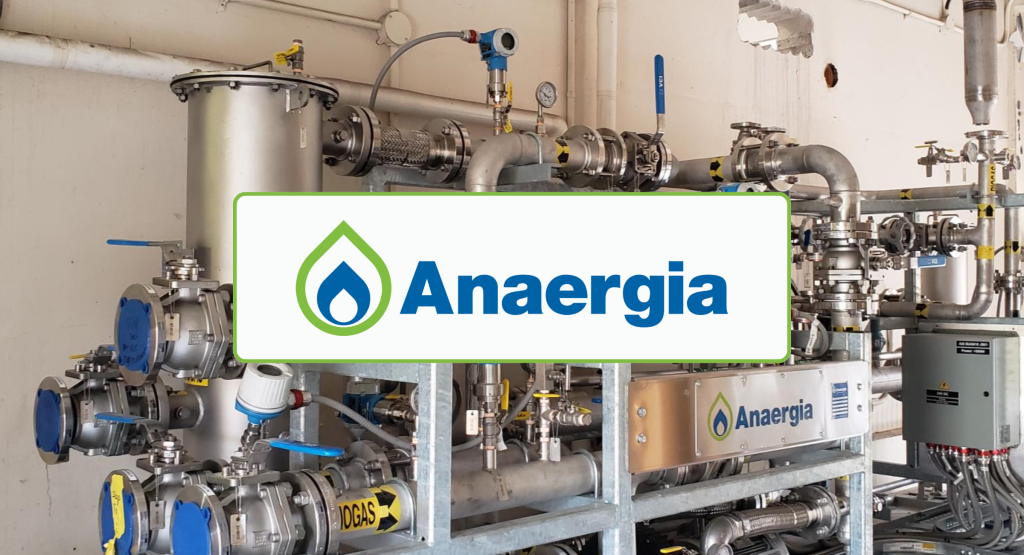
In any biogas treatment facility, special care must be taken to mitigate the potential negative effects caused by the surrounding environment. Improper design and construction can lead to lost uptime and revenue, equipment failures, and a plethora of other consequences. At the Petawawa Water Pollution Control Plant in Eastern Ontario, Canada, annual ambient temperature variations can complicate operation of the gas treatment system. This is especially true in the winter, where temperatures can swing from -30 °C (-22 °F) at night, to 3 °C (37 °F) during the day.
Anaergia’s technological contributions to this plant, which include its BUG™ biogas treatment system and Omnivore™ anaerobic digesters, were carefully designed to function and excel in low-temperature environments. Throughout the facility, heat tracing and insulation were installed on key piping and condensate collection vessels, preventing water from freezing and causing blockages or damage to the system. Pressure relief vessels and flame arrestors were also built with operability in mind, with insulated jacketing included in their designs. Digester membrane blowers were supplied with elevated stands, preventing operational impacts during heavy snowfall. The internal digester heating coils were designed for the worst-case heat loss scenarios, ensuring the digesters themselves always have adequate temperature control.
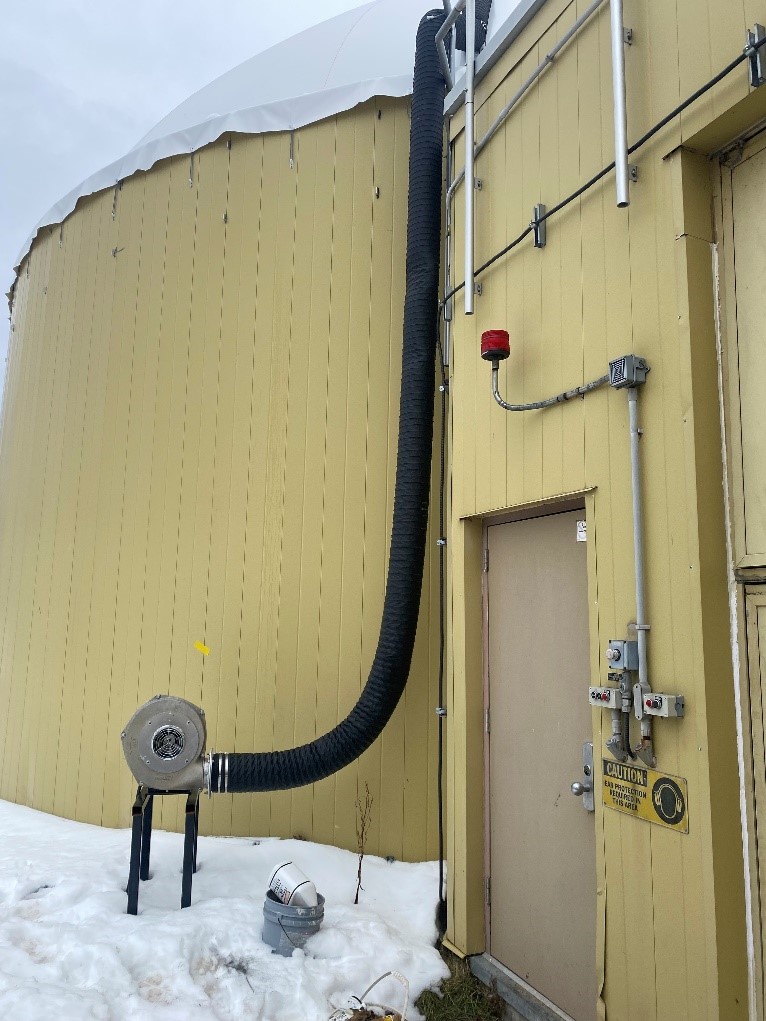
The biogas treatment train was designed to run smoothly in year-round temperature conditions. All heat exchangers and vessels were built to accommodate the maximum heating load, and the unique use of a recuperative gas-gas heat exchanger loop and an underground piping gallery further reduce the burden of temperature control in this environment. The glycol chiller, an integral part of the biogas dehumidification loop, uses the ambient temperature as a cooling source, rather than a cold-water loop. This allows Anaergia to turn the environmental conditions to its advantage and reduce the overall water usage and footprint. The biogas train notably employs a biological hydrogen sulfide scrubber, which houses temperature sensitive bacteria. To accommodate for this, the scrubber was outfitted with an additional heating coil, over and above the standard heating coil that would be provided in warmer climates, to ensure there was sufficient temperature control within the scrubber.
The innovative technology provided to the Petawawa Water Pollution Control Plant has produced a modern, carbon-negative solution for the Town of Petawawa’s waste management needs. This demonstrates the high quality of Anaergia’s work, and the company’s ability to deliver bespoke, high-quality solutions to its clients.
For more information and biogas projects, read BiogasWorld’s Canadian Biogas Magazine.

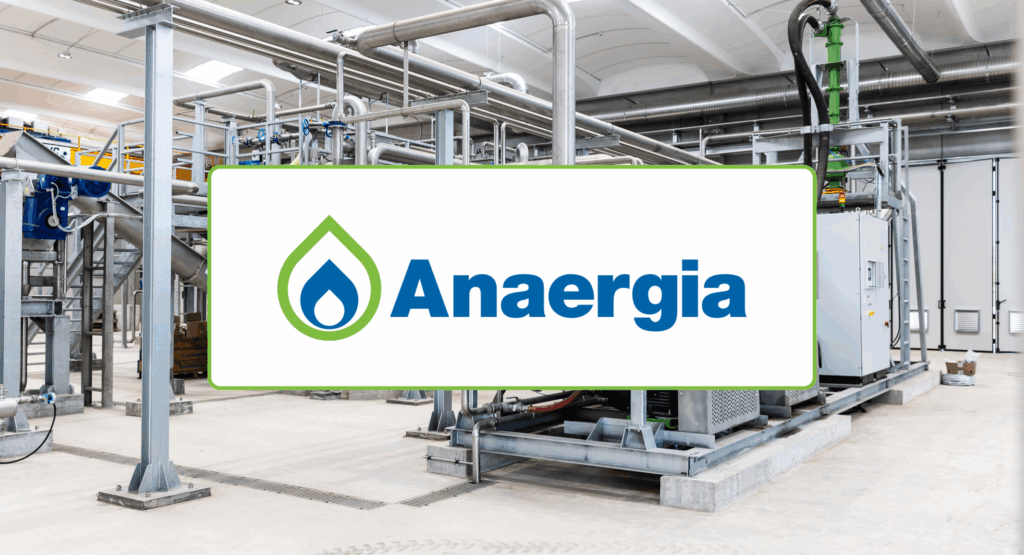
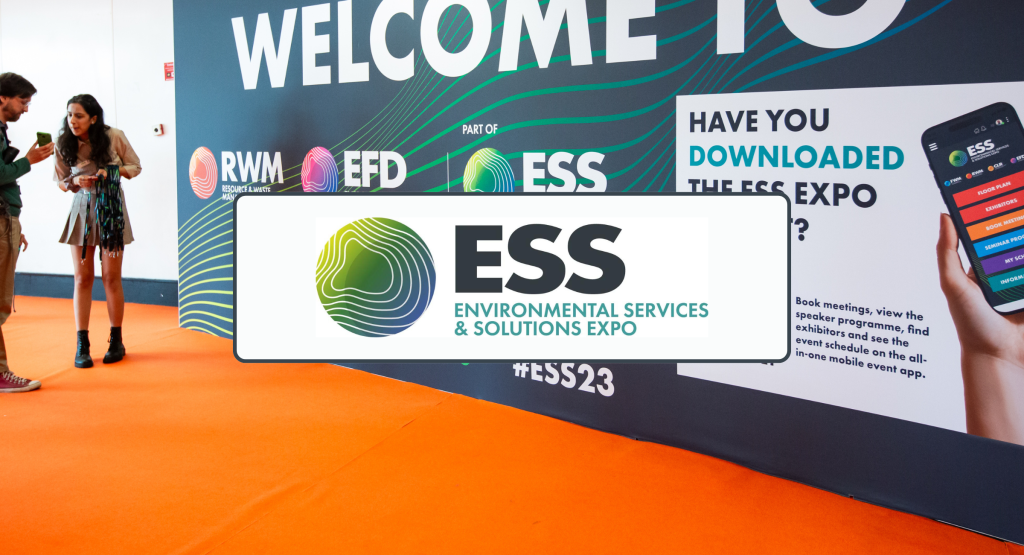
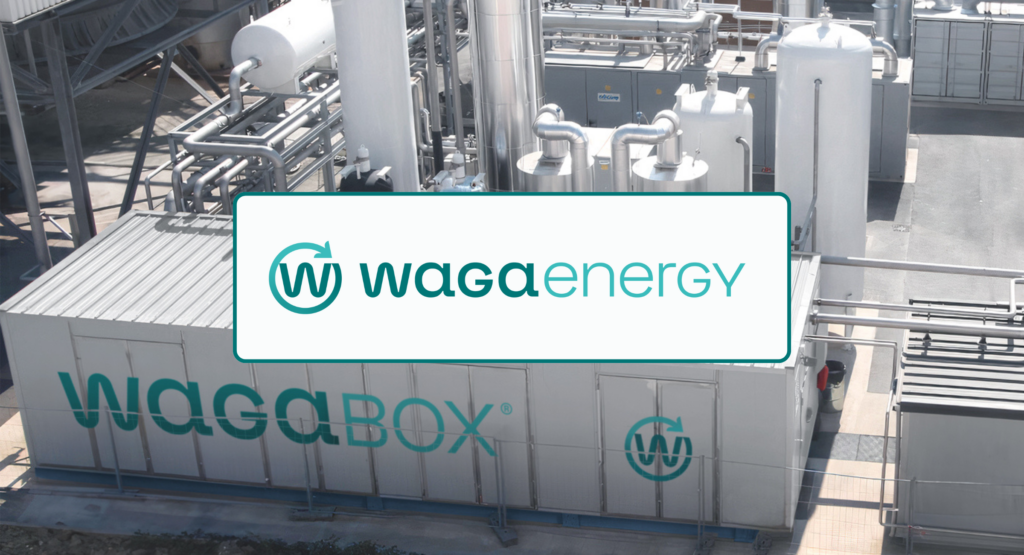
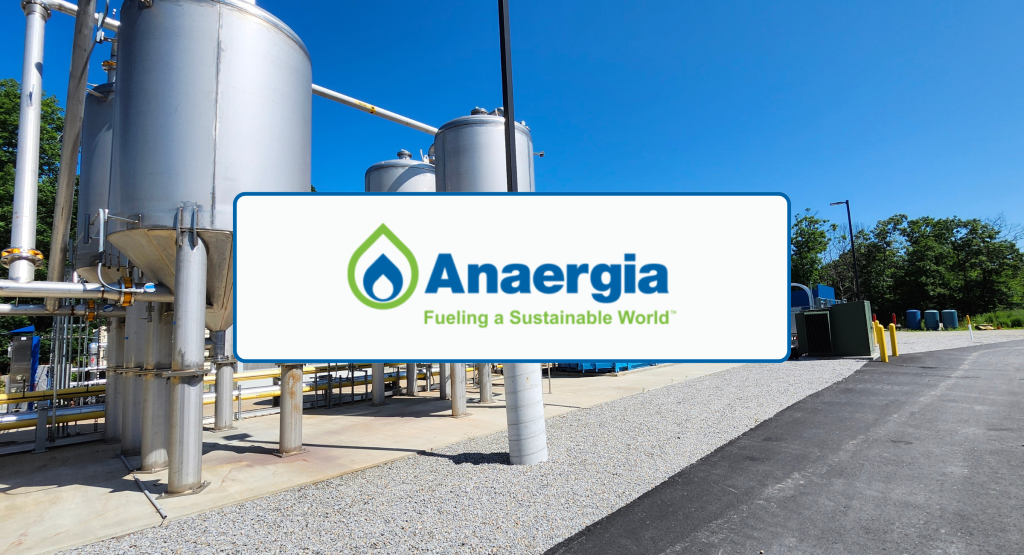
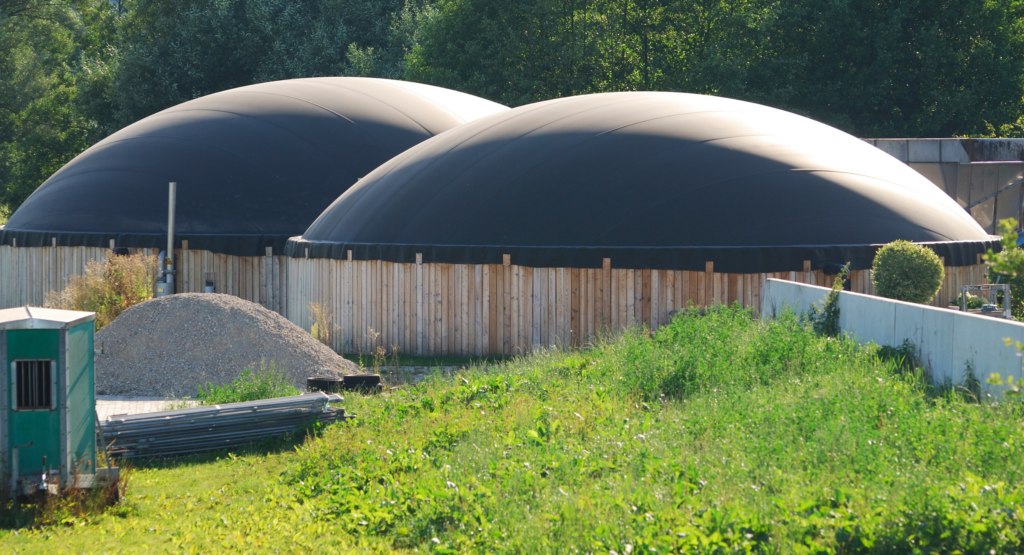
Comments